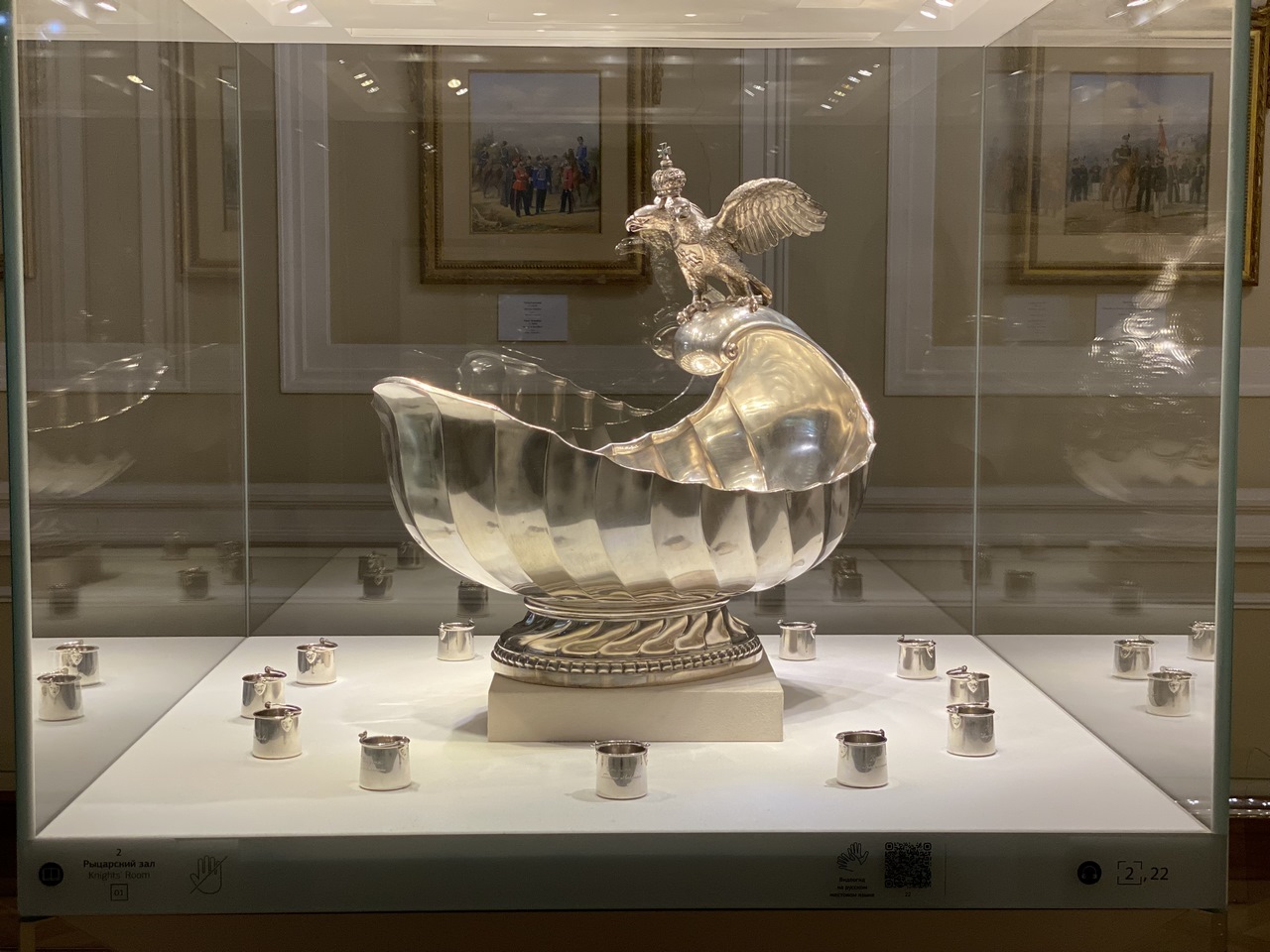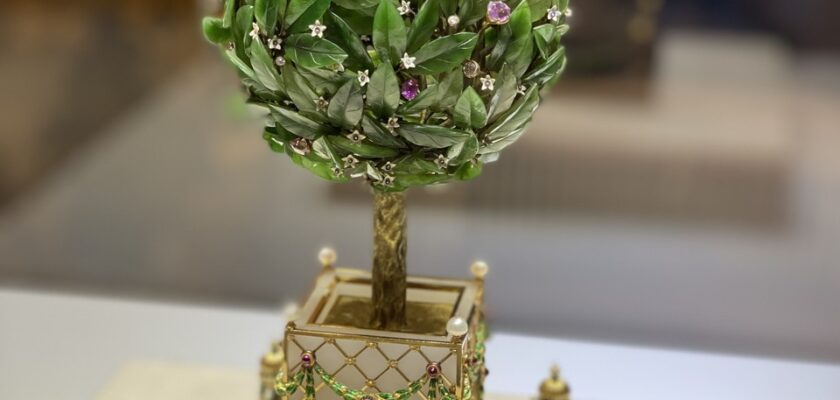Faberge Museum in St. Petersburg
Fabergé Museum is a real treasure trove located in the historical district of St. Petersburg. Here is a collection of truly luxurious exhibits: exquisite jewelry, magnificent gifts and souvenirs, cutlery, amazing interior items and other masterpieces of jewelry creation. The full exposition accommodates more than 4000 fantasy pieces – works of talented masters of the firm, which received an international calling. About 420,000 people visit the Fabergé Museum each year.
.
The company became famous under the leadership of the appraiser of His Imperial Majesty’s Cabinet, Carl Fabergé – son of jeweler Gustav Fabergé. The museum collection is highly valued not only as a legacy of the most famous jewelry dynasty, but also as a repository of history, as if by magic, transporting to the reign of Alexander III and Nicholas II. It was they who ordered the unique Easter eggs that gave their creators worldwide fame.
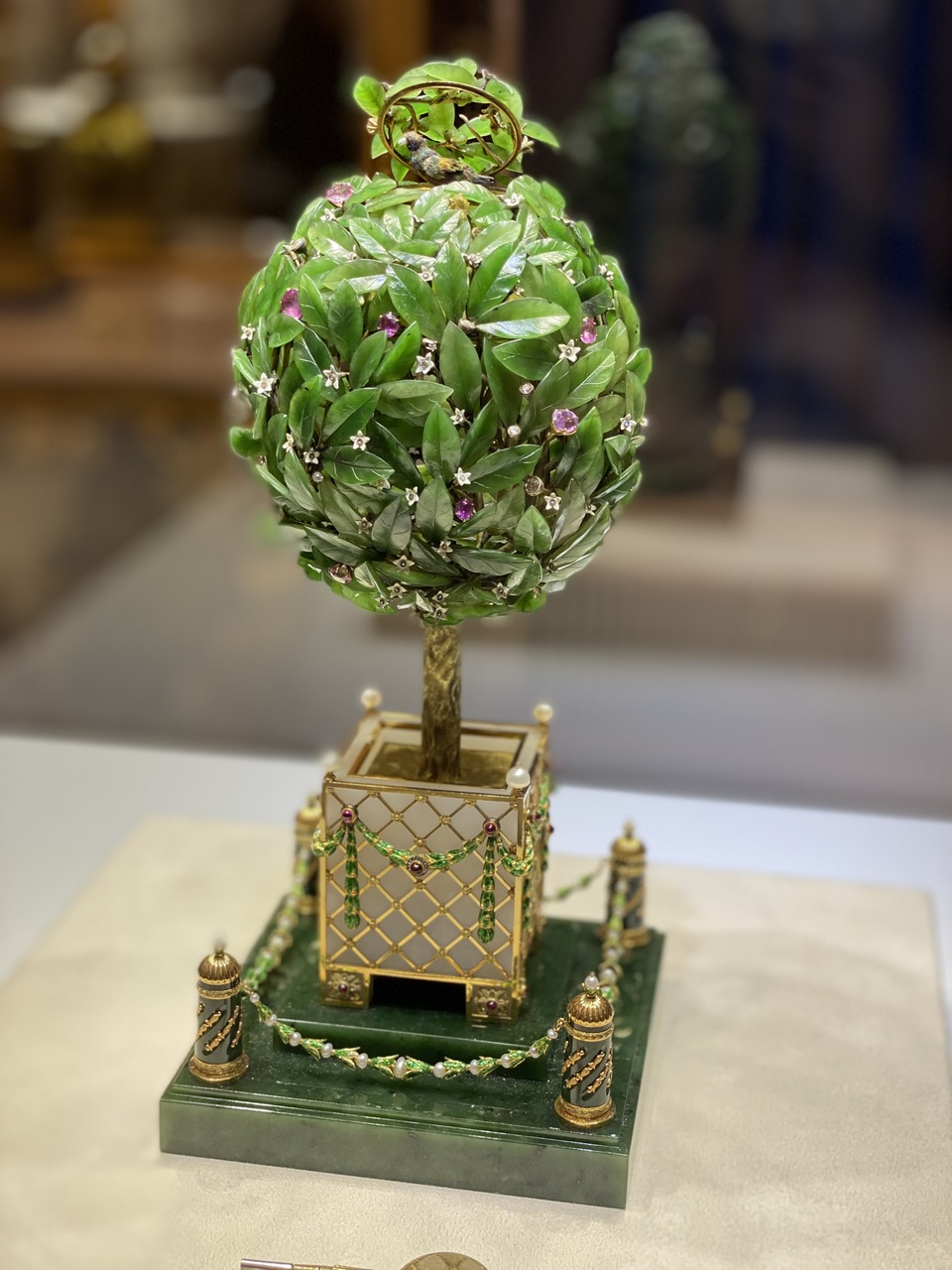
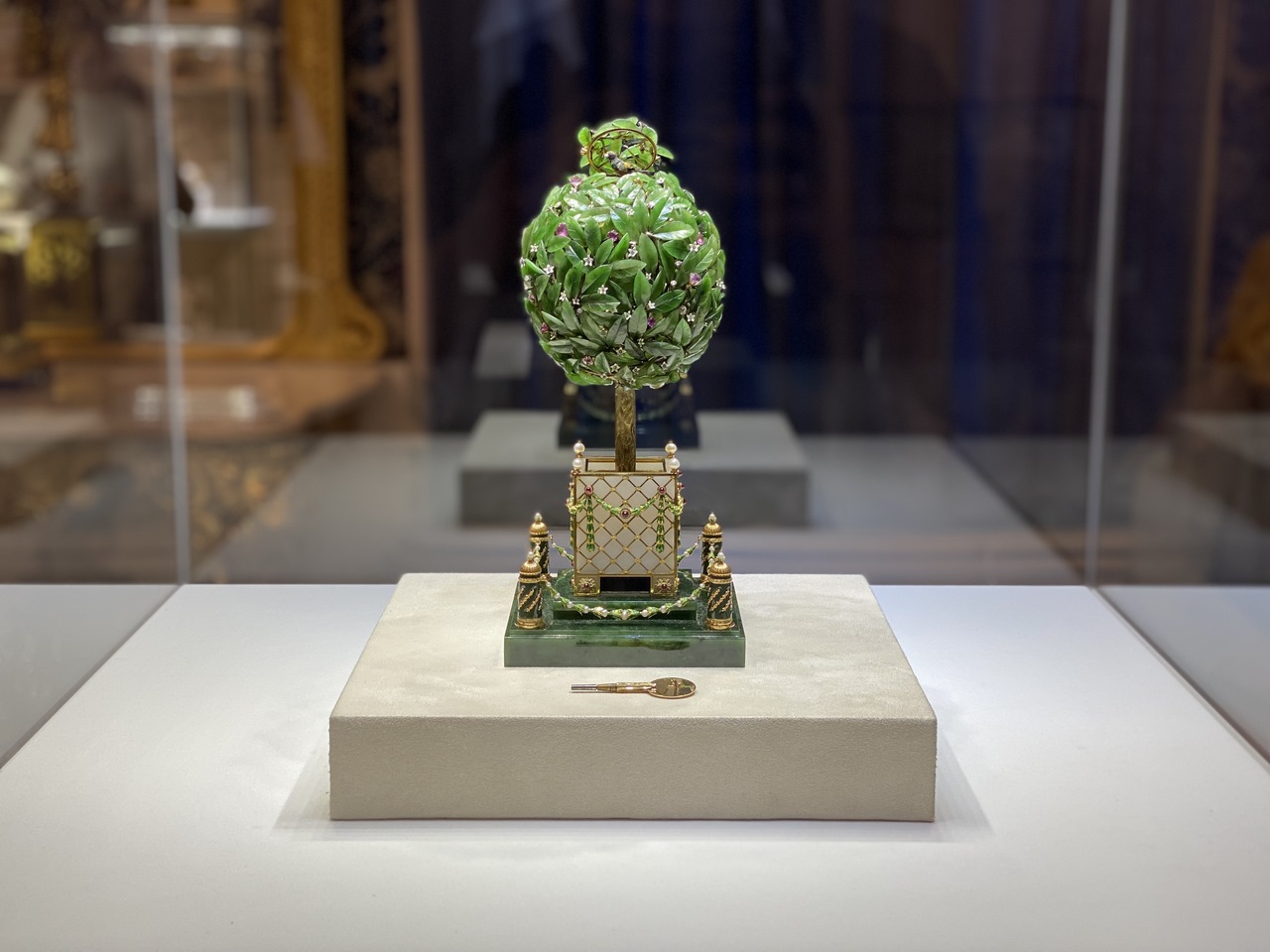
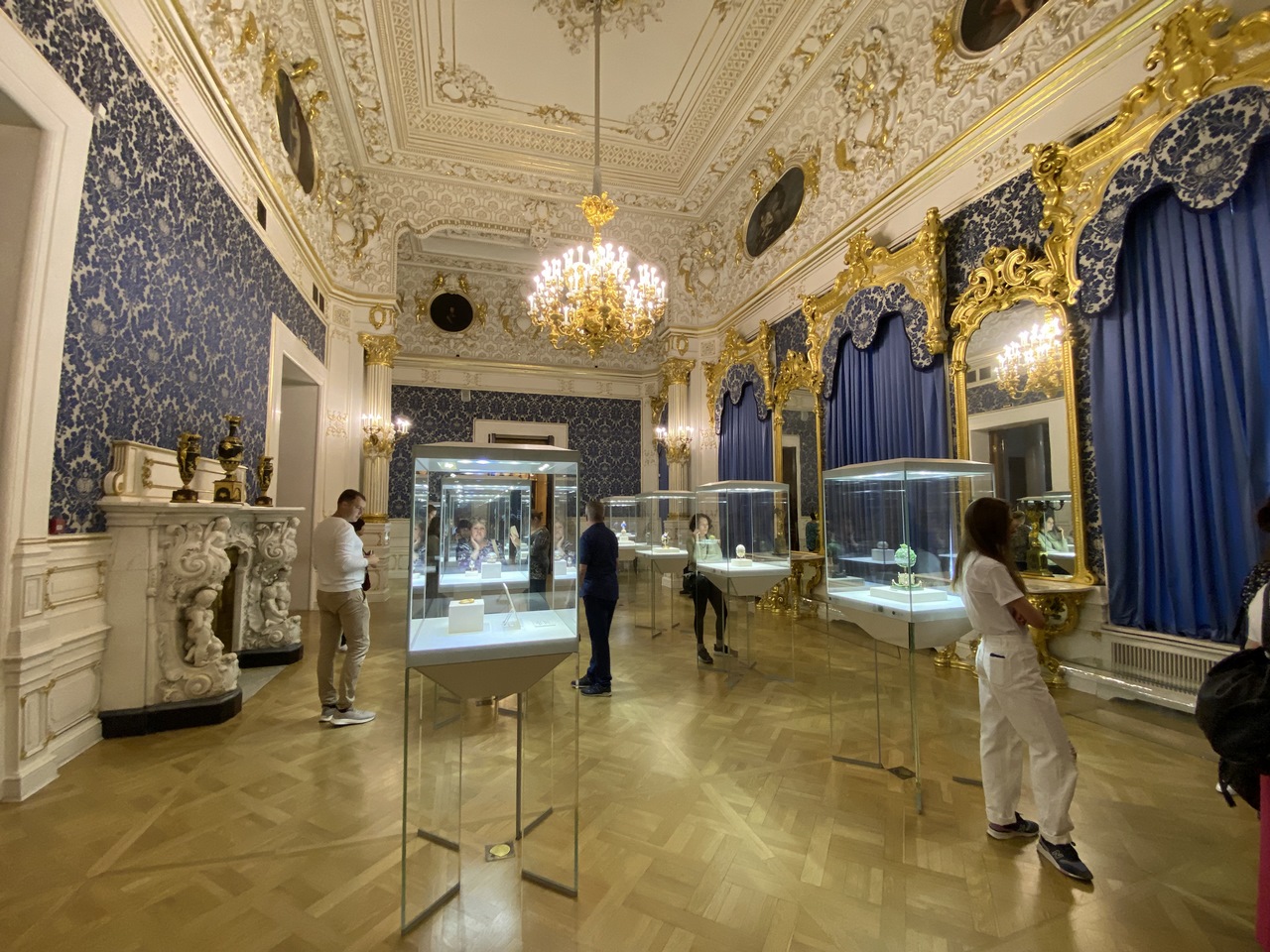
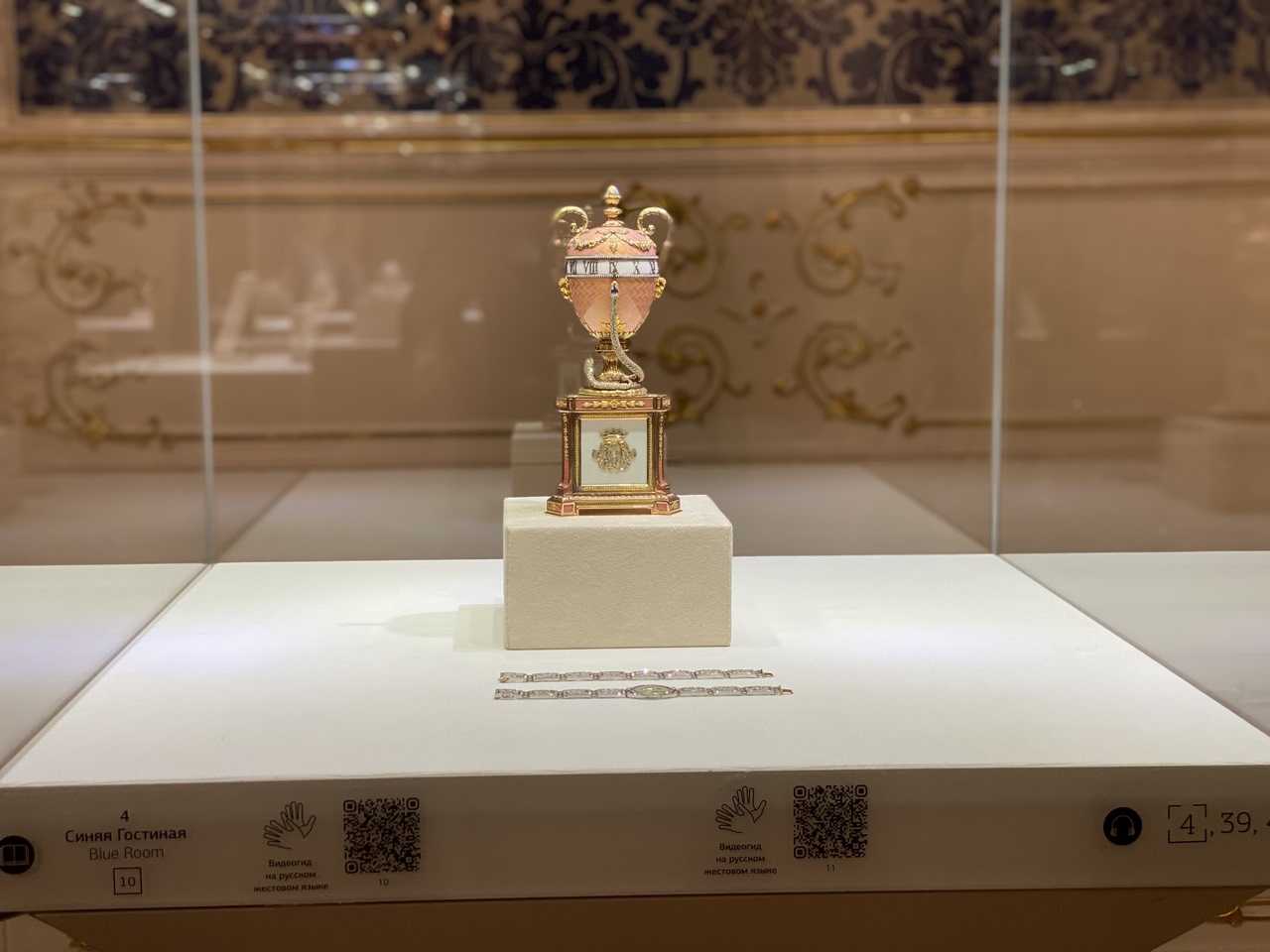
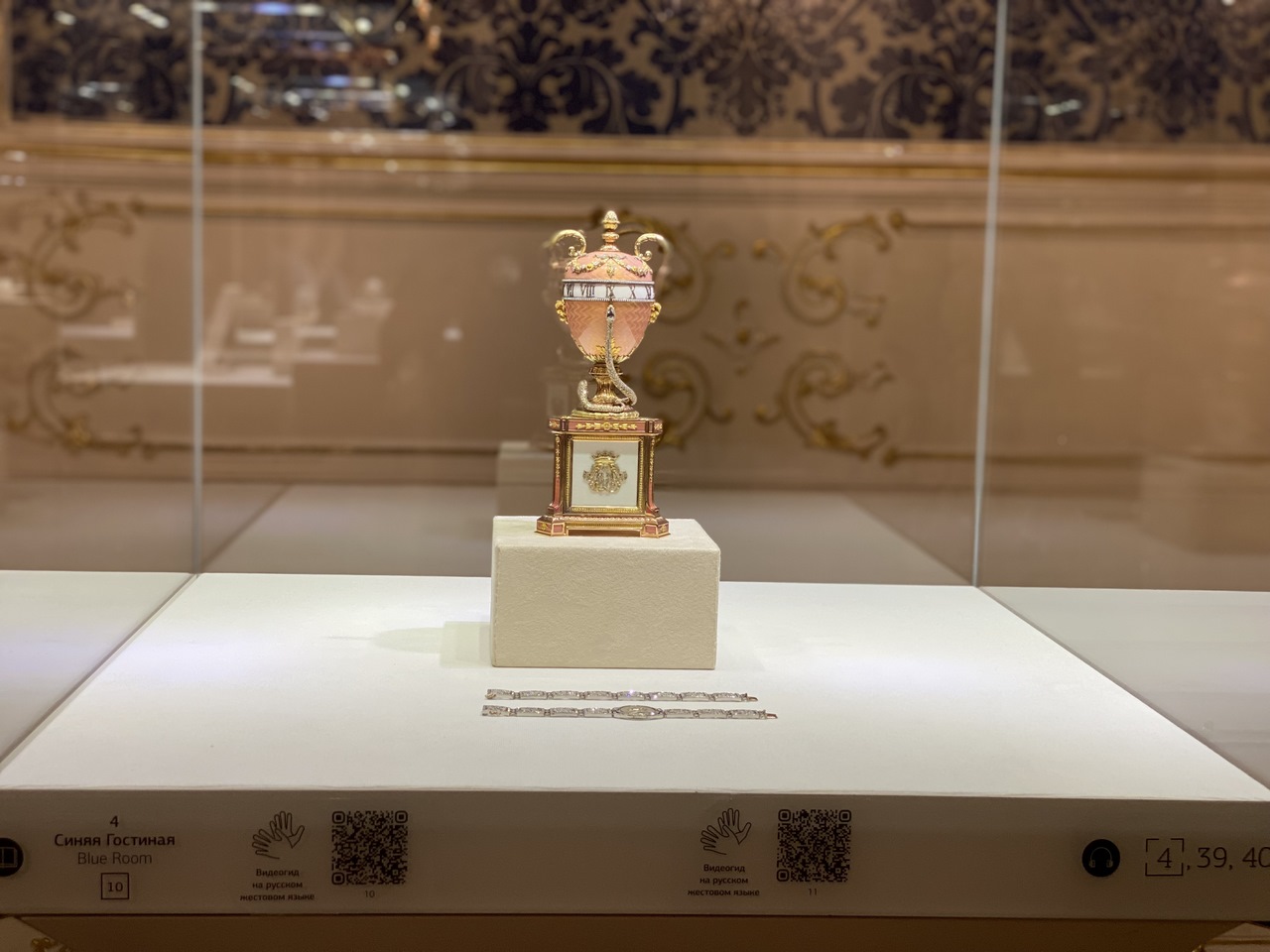
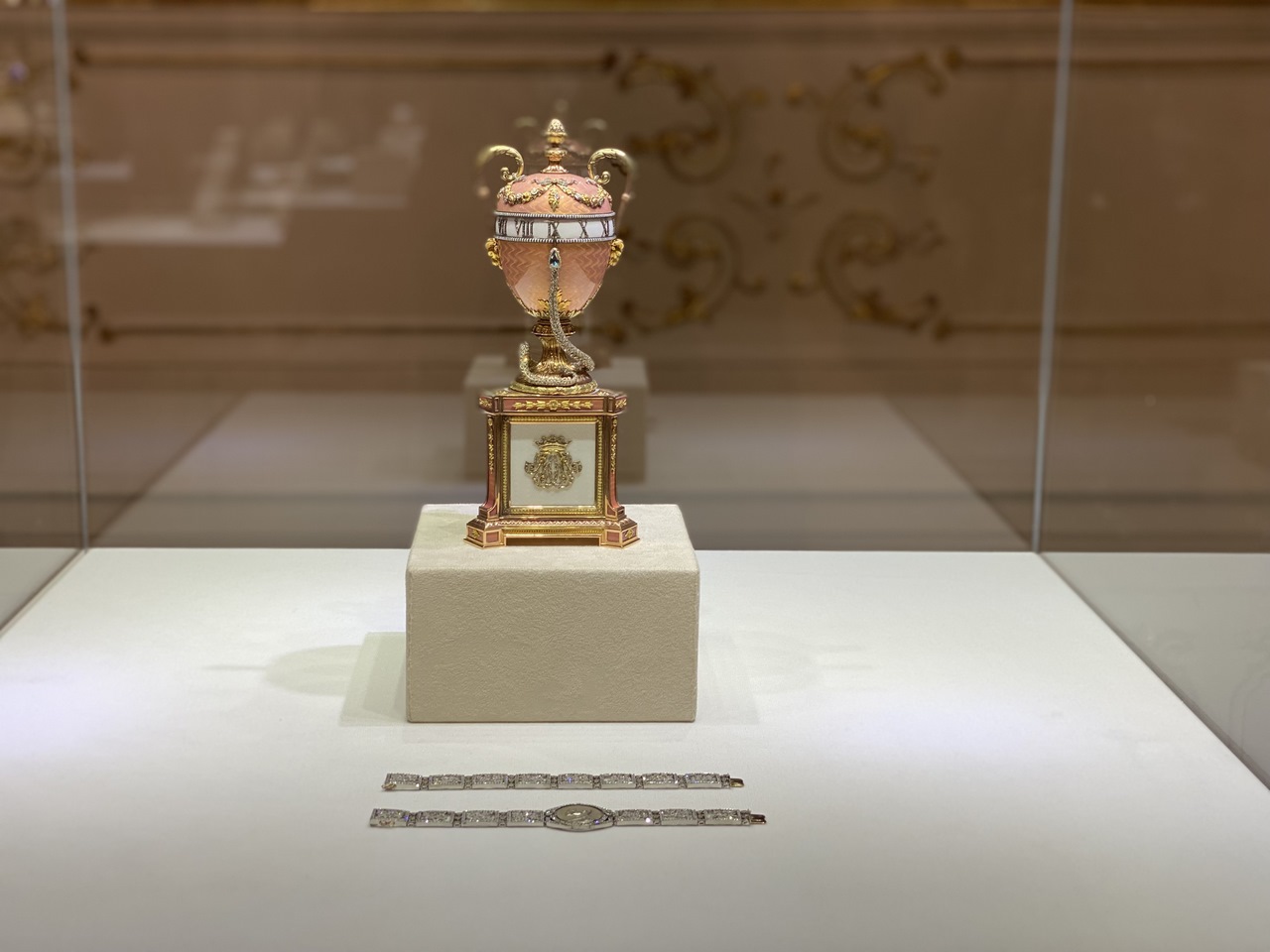
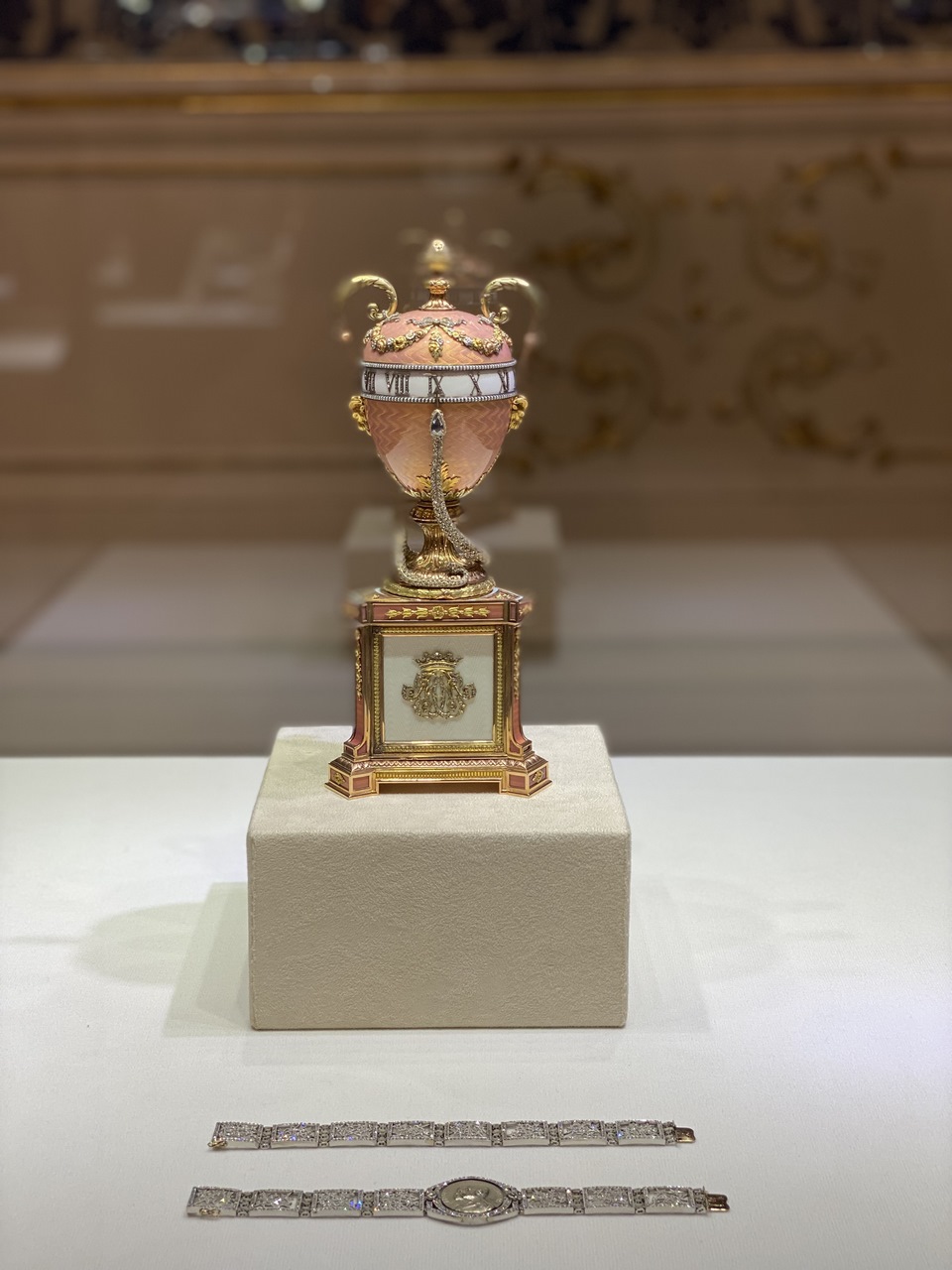
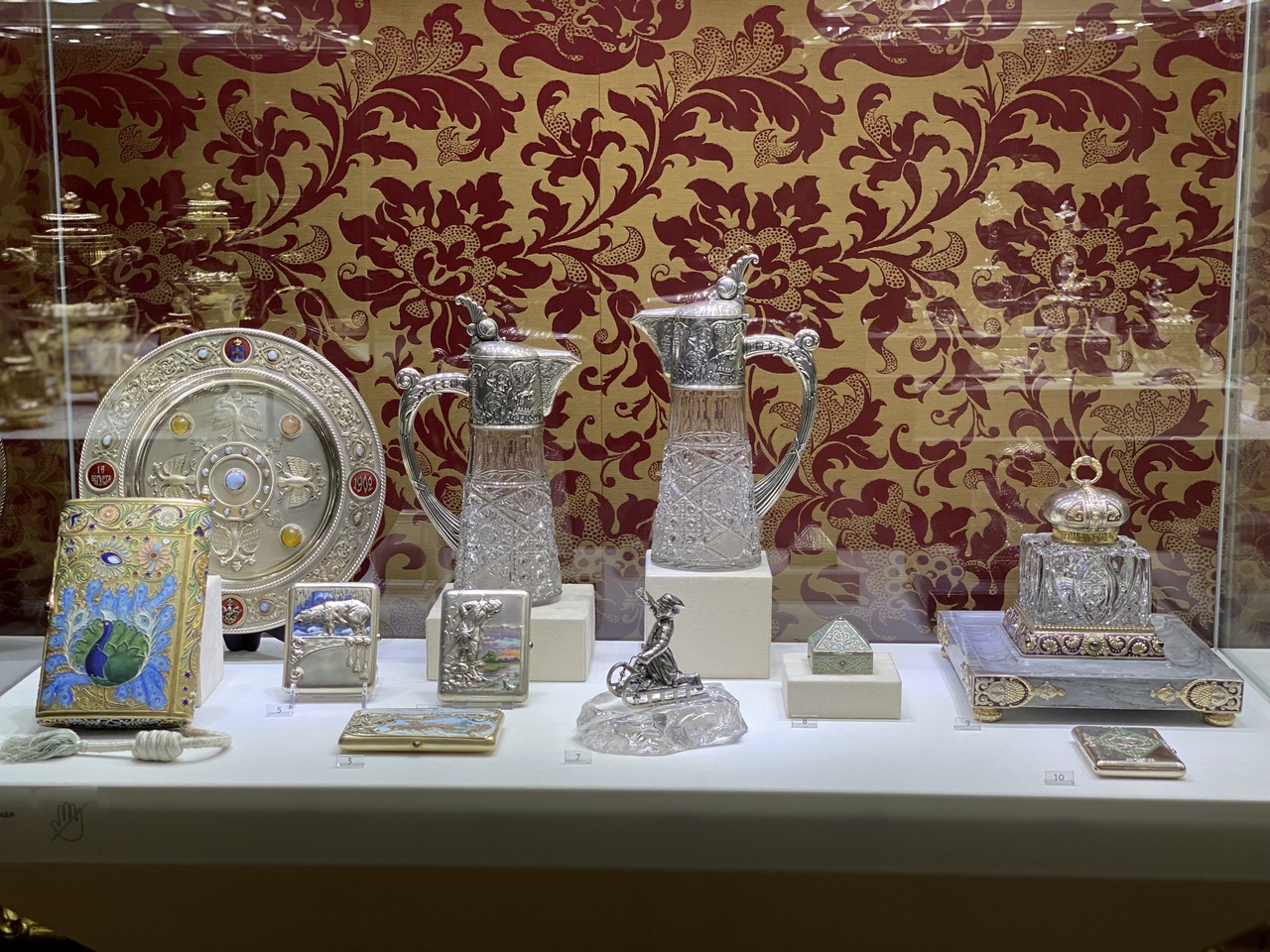
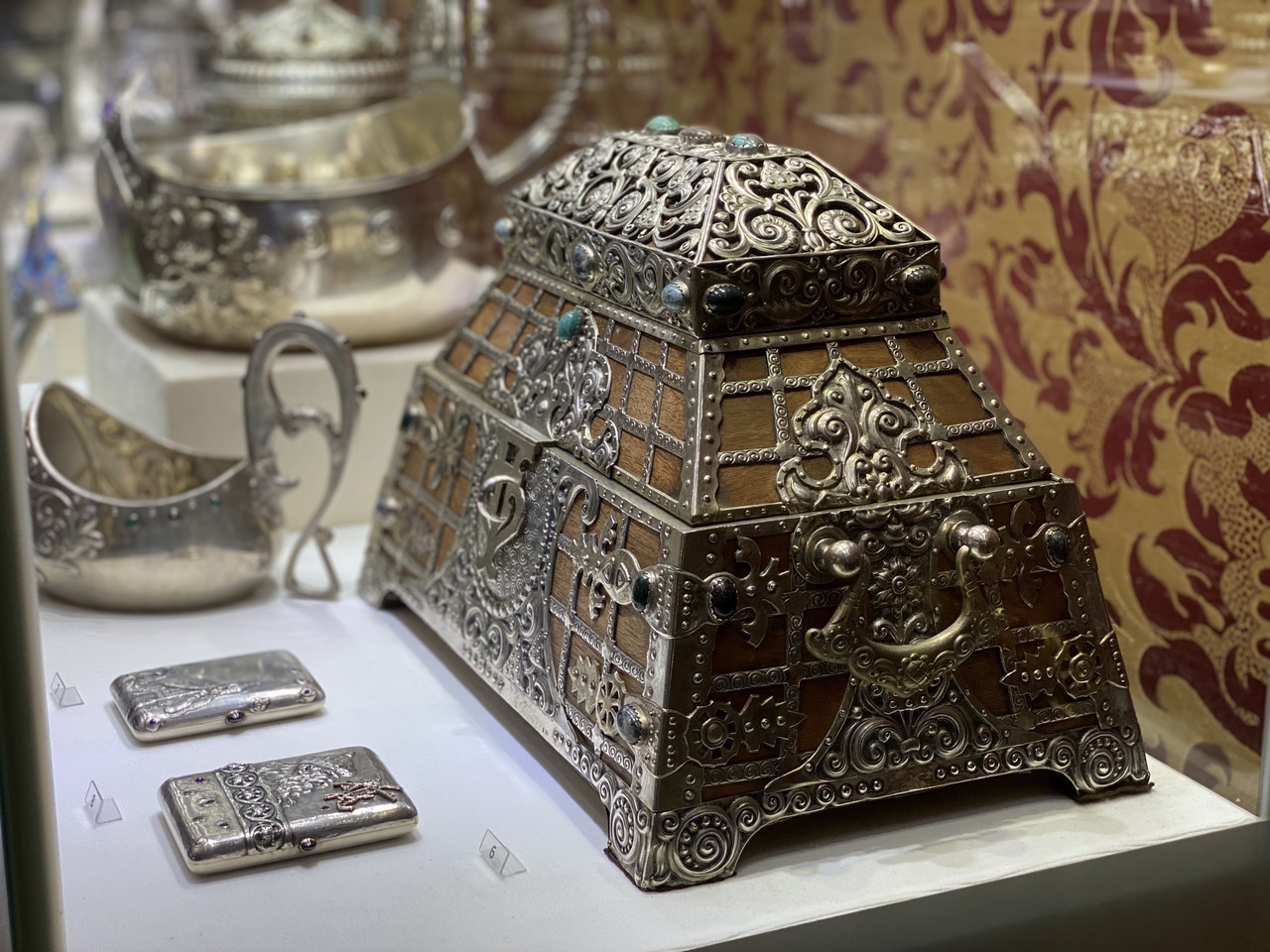
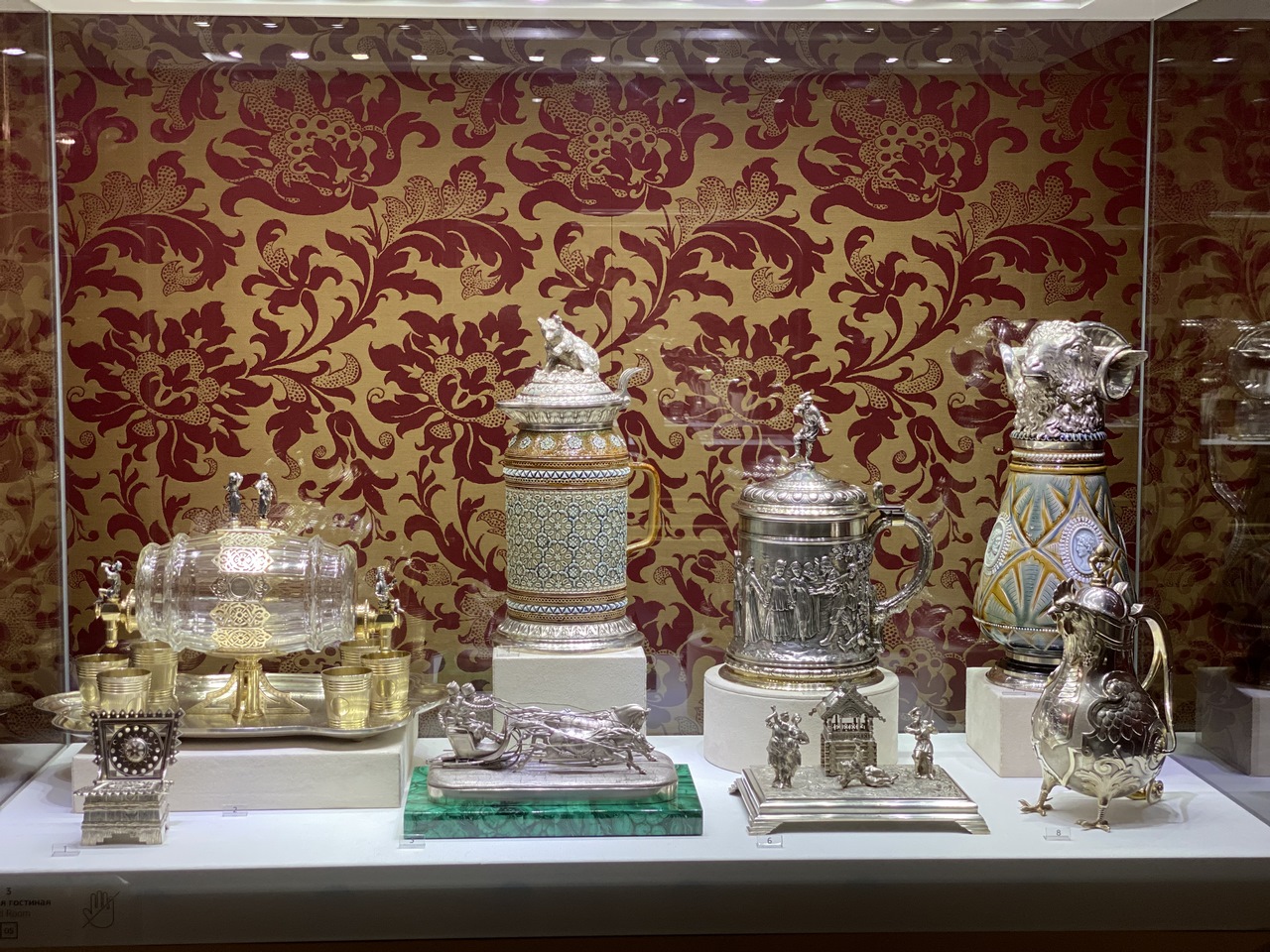
Video: How Faberge eggs are organized – a look from the inside
. Contents- Highlights
- History of the Shuvalov Palace and Museum
- The most striking exhibits of the Fabergé Museum
- Practical information
- How to get there
Highlights
The Fabergé Museum is located on the corner of the Fontanka River embankment, in the Naryshkin-Shuvalov Palace. It is one of the most beautiful architectural monuments of the Northern Capital, combining in its appearance features of neo-Renaissance and late classicism.
.
The collection of the Museum of Applied Arts of the XVIII-XIX centuries is huge. The central role in the collection is given to the creations of the Fabergé firm:
- eggs, 9 of which were intended as a gift to Empresses Maria Feodorovna and Alexandra Feodorovna for the Bright Holiday of the Great Easter;
- ceremonial silver;
- jewelry: pendants, pendants, pendants, brooches, buttons, bracelets, hairpins;
- interior items: clocks, figures, ladles, bowls;
- precious haberdashery: ladies’ handbags, cigarette cases.
In addition, visitors to the Fabergé Museum will see ancient icons, the creations of painters, personal items (boxes, powder boxes, matchboxes) that belonged to members of the Romanov dynasty, as well as gifts from the Russian emperor, intended for prominent personalities of the time.
.


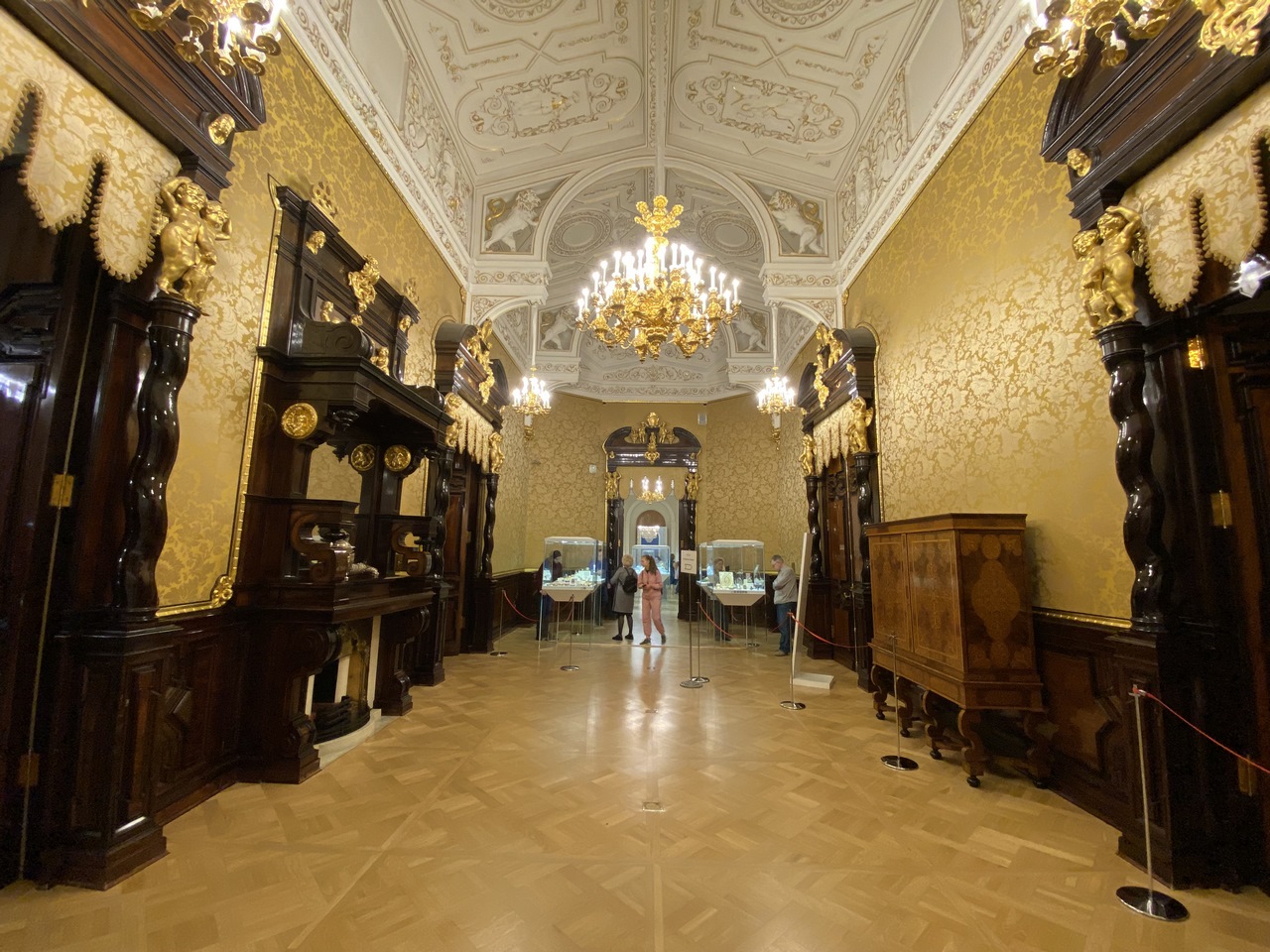
The exposition is located on the second floor of the Shuvalov Palace and includes 11 rooms:
- The Gothic Hall, where visitors will find a collection of preciously decorated Russian icons from the XVI-XX centuries;
- The Golden Drawing Room, containing miniature furniture, stone-carved figures, household items, as well as imperial gifts (snuff boxes, cigarette cases); .
- Knight’s Hall, which presents silverware presented by the sovereign as gifts to soldiers. Tourists will also see all kinds of cups, caskets, bowls and luxurious vases; .
- Avanzal with a collection of jewelry and amazing in color exhibits covered with guilloché enamel. Unfortunately, the coating technology is no longer used as it has been lost; .
- White living room, where the guests of the exposition will find a collection of porcelain of the XIX century, an album with photographs of Moscow sights and much more;
- Beige Hall, dedicated to Russian enamel;
- Red living room with chests and sets made of silver and decorated with gold elements and semi-precious stones. These are products not only of the Fabergé firm, but also of the Grachev brothers, Ignatius Sazikov and other suppliers of the Russian Imperial Court;
- The Upper Buffet Room, nicknamed the “secret room” of the museum, where masterpieces by Russian and French Impressionists are kept;
- The Blue Drawing Room, which houses enamel exhibits. These are mostly cigarette cases and caskets decorated with reduced copies of famous paintings.
On the first floor of the Fabergé Museum there are ticket offices, a checkroom, a brightly decorated cafe and a souvenir store. Everyone can buy replicas of the exposition, as well as books about jewelry, genius masters and the talented head of the Fabergé family firm.

